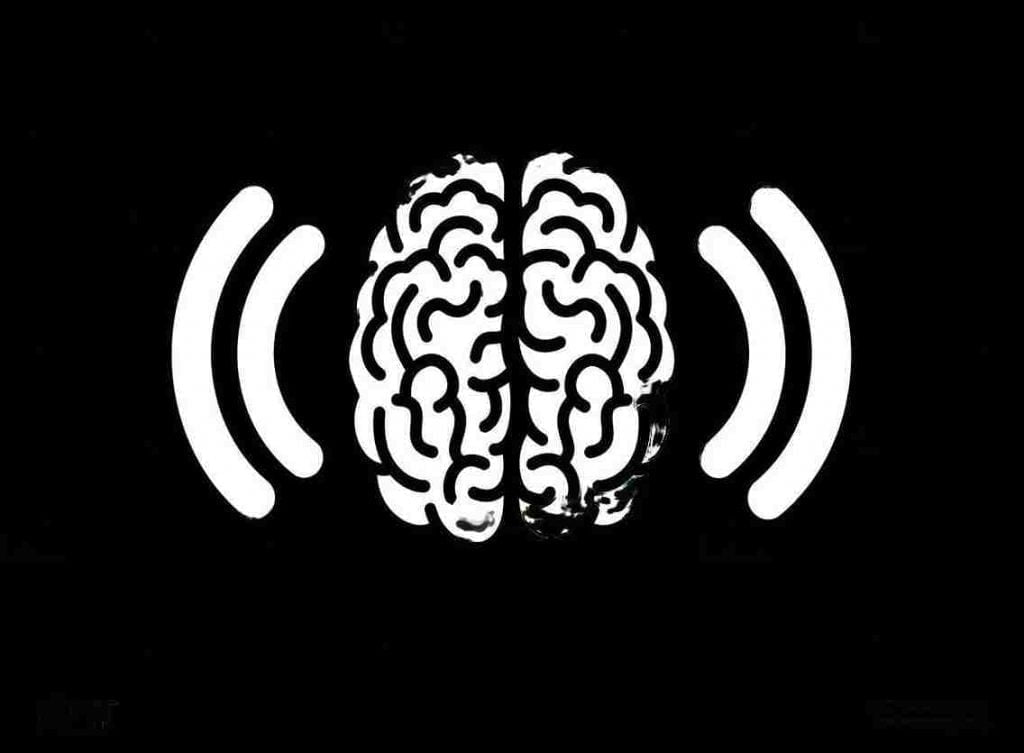Last updated on March 25th, 2024 at 10:06 am
Medical billing is an essential part of the healthcare industry. It involves sending claims to insurance companies and other payers and following up on them so that healthcare providers can get paid for their services. Outpatient medical billing refers specifically to medical services provided to patients not admitted to an inpatient facility, such as a hospital. This can include a wide range of services, such as office visits, diagnostic tests, and procedures.
When billing for outpatient care, you must figure out how to use the different billing codes, documentation requirements, and payment models. You also have to collect and check patient and insurance information.
Types of Outpatient Services
Medical services can bill for a wide variety of outpatient services using medical billing software.
Office Visits
These are visits to a healthcare provider’s office, such as a primary care physician or specialist for routine check-ups.
Diagnostic Tests
These are ordered by a healthcare provider to help diagnose a medical condition or monitor the progress of a treatment plan.
Procedures
Outpatient procedures are medical procedures that do not require a patient to be admitted to the hospital or other inpatient facility.
Physical Therapy
Physical therapy is a type of rehabilitation that helps patients regain strength, mobility, and function following an injury or surgery.
Relevant payers and payment models
Several types of payers may be involved in outpatient medical billing services, including:
Insurance Companies
Private insurance companies typically have their billing and payment policies, which must be followed when submitting claims.
Medicare
Medicare is a federal program that provides health insurance to people over 65 and some disabled individuals. Looking ahead to the future, it’s essential to explore your options thoroughly, including�?Humana Medicare Advantage plans 2025. These plans offer comprehensive coverage and additional benefits tailored to your needs.
Medicaid
Medicaid is a federal program that provides health insurance to low-income individuals and families.
Pre-billing Considerations
There are numerous ways in which medical coding services check information about patients and their insurance, such as:
Obtaining the Information Directly from the Patient
This can be done through patient intake forms or by asking the patient to provide the information.
Verifying the Information with the Insurance Company
Healthcare providers can contact the insurance company directly to confirm the patient’s coverage and any limitations or exclusions.
Using Electronic Health Record (EHR) Systems
Many healthcare providers use EHR systems to store and manage patient information, including insurance information. These systems can verify and update patient and insurance information as needed.
The Billing Processes
During the billing process, several steps ensure healthcare providers get paid on time and for the right services. These steps include:
Submitting Claims to Payers
This involves preparing and submitting claims to the appropriate payers, such as insurance companies or government programs like Medicare or Medicaid.
Tracking and Following Up on Unpaid or Denied Claims
After claims have been submitted, it is essential to track their status and follow up on any unpaid or denied claims.
Resolving Billing Disputes and Errors
There may be times when billing disputes or errors arise. In these cases, it is essential to work with the payer to resolve the issue and make necessary corrections to the claim.
Strategies for increasing payment accuracy and timeliness
There are several things that healthcare providers can do to improve, including:
Ensuring Accurate and Complete Documentation
Proper documentation is essential for successful billing, as it helps to support the services rendered and the charges billed.
Regularly Reviewing and Updating Billing Policies and Procedures
To ensure that billing is efficient and accurate, it is essential to review and update billing policies and procedures regularly.
Conducting Regular Audits
Regular audits can help identify and correct billing errors and identify any areas of the billing process that may be vulnerable to fraud.
Implementing Electronic Billing Systems
Electronic billing systems can streamline the billing process and increase payment accuracy and timeliness.
Risk management techniques to avoid billing mistakes and fraud
Healthcare providers can avoid mistakes and fraud in billing for outpatient care by using several risk management techniques. These include:
Implementing Strict Policies and Procedures
It is essential to have clear and strict policies and procedures in place to prevent billing mistakes and fraud.
Training Staff on Best Practices
Ensuring that staff is properly trained in medical billing best practices can help to prevent errors and fraud.
Conducting Regular Audits and Reviews
Regular audits and reviews can help to identify and prevent billing mistakes and fraud. This can include reviewing claims and billing practices and analyzing data.
Implementing Fraud Detection and Prevention Software
Fraud detection and prevention software can help identify and prevent billing mistakes by analyzing data and identifying patterns.
Conclusion
In conclusion, medical billing for outpatients is an integral part of the healthcare industry. A systematic approach to the billing process can help ensure it goes smoothly. Healthcare providers can make the most money and have the least risk if they collect and check patient and insurance information, set up clear billing policies and procedures, and use strategies to ensure payments are made on time and correctly.
It is also essential to have a tracking system, follow up on claims that still need to be paid or turned down, and deal with billing disputes and mistakes.







